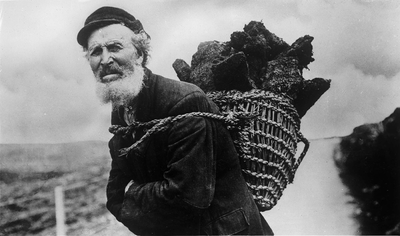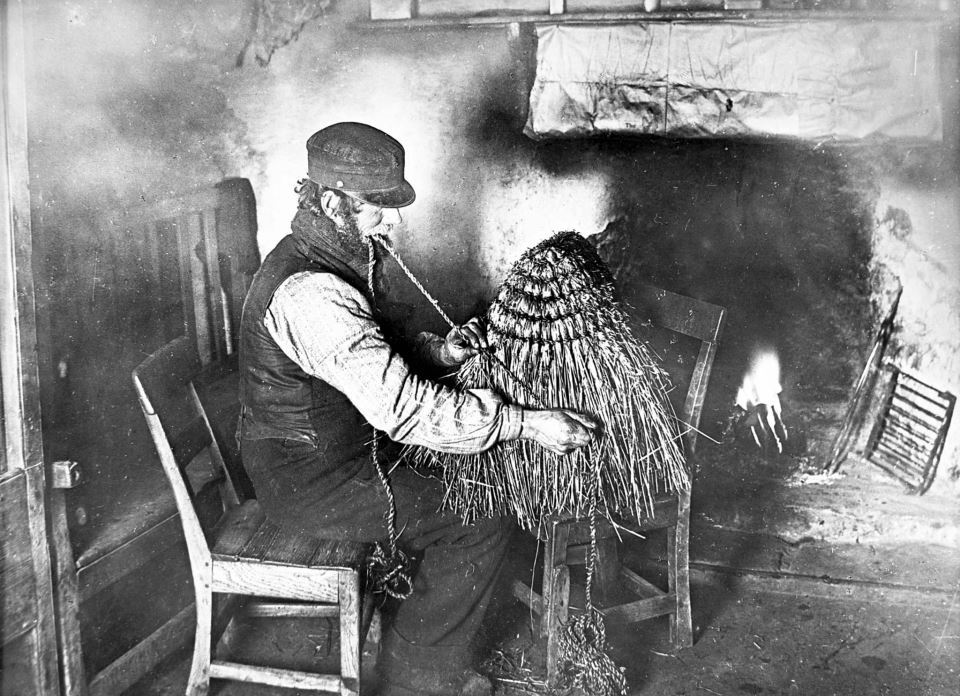This blog provides a quick summary of the history of Northern Scotland, from the Mezolithic (Middle Stone Age) through to the present day.
Mesolithic – 8000BC to 4000BC
- Meso means Middle Stone age
- The first peoples to settle in Scotland
- Hunter-gatherers
- Seasonal camps in caves and small circular huts
- Stone tools and arrowheads made from quartz, bloodstone from Rum, pitchstone from Arran
- Use of dug-out canoes, moving by water easier than by land
Neolithic 4000 BC to 2500 BC
- Neo means New Stone Age
- Farming: both crops and pastoralists
- Cattle rearing
- Absence of fortification
- Monumental architecture, henges, tombs and temples.
- Evidence of ritual and art
- Orkney became an important centre, influencing material culture in the south.
- Depletion of tree cover
Bronze Age 2500 BC to 800 BC
- Preceded by the Copper Age or Chalcolithic
- Stone continued to be used but with less craft
- New important Bronze technology, dependent on trade routes across Europe and specialized knowledge.
- Bronze is made from copper and tin.
- Changes in burial practice (tombs for high status). Social stratification more evident
- More evidence of weapons
- Genetic studies show evidence of a migration of war-like people, from the Pontic Step, across the North European Plain to Britain.
- Bronze Age Britains are known as the Beaker People.
Iron Age – 800 BC to 400 AD
- Worsening climate, colder and wetter
- New metal technology, using raw materials that were more abundant but requiring much higher temperatures to smelt.
- More defensive structures: forts, duns, crannogs and brochs.
- Interaction with the Roman Empire. Samian ware was found at the Broch of Gurness!
- Roman sources make reference to raiding by the Scots (a tribe from Ulster) and the Picts.
Roman Empire in Scotland – 78 AD to 400 AD
- Flavian period. Agricola, Governor of Britain, pushed the northern frontier of the Roman Empire into Scotland.
- Battle of Mons Grampus 84 AD, defeat of Caledonian tribes.
- Hadrianic period 117-138
- Antonine period 168-161
- Retreat to the Hadrian wall at the end of the Antonine period.
- The emergence of the Scots and Picts in the historical record, raiding and harassing the northern frontier.
- Severan period 193-235 – invasion into northern Scotland.
- Fall of the Roman Empire in early C5
Dark Ages / Early Medieval 300 AD to 900 AD
- Saxons, Angles, and Friesian mercenaries were brought into Roman Britain in C4 to defend against the Scots and Picts.
- St Ninian brought Christianity to southern Scotland.
- The Scots were an Irish tribe, from Ulster. They established a Kingdom in Argyll called Dalriada.
- Columba was a Scot (a Prince) who brought Christianity to the west of Scotland.
- Pictish Kingdom in Eastern and Northern Scotland, north of the Forth.
- Viking raids in late C8.
- Establishment of the Kingdom of Scots, a merging of the Pictish and Dalradian kingdoms, in C9.
- Orkney, Shetland, and the Western Isles became settled by the Norse, displacing the Pictish language, art, and material culture.
Middle Medieval 900 AD to 1286 AD
- Norse Earldoms were established in the Northern Isles, owing fealty to the King of Norway.
- Orkneyinga Sagas
- St Magnus
- Scotland is a poor underdeveloped place in the early part of this period.
- David I of Scotland C12 establishes the first towns and brings Roman Catholicism to Scotland. This is called the Davidian Revolution.
- Creation of Royal Burghs.
- Scotland becomes more integrated with the rest of Europe.
- Feudalism develops
- Monasteries grow in significance and contribute to the Scottish economy.
- Tension between the Norse and Scotland.
- Alexander III defeated the King of Norway at the Battle of Largs in 1263. King of Norway dies in Kirkwall.
- Alexander III dies 1286. The heir is an 8-year-old princess from Norway (Maid of Norway).
Late Medieval 1286 to 1500
- Maid of Norway dies at the Bishop’s Palace in Kirkwall.
- No clear heir leads Scottish Nobles to invite Edward I of England to adjudicate.
- Scottish Wars of Independence 1297 to 1328.
- Establishment of the Stewart dynasty 1371 – 1513.
- James III married a Danish princess and Orkney and Shetland mortgaged in lieu of an unpaid dowry. The King of Denmark failed to pay the debt and the Northern Isles became part of Scotland in 1468.
- The Western Isles and West Coast are a semi-independent Kingdom, a mixture of Norse and Gaelic cultures: the Kingdom of the Isles.
- Tension between The Scottish Kingdom and the Kingdom of the Isles.
- James IV sought to establish control of the Highlands and islands. There were military incursions and the Lordship of the Isles was forfeit.
- James IV died at the Battle of Flodden, and the English won.
- Shetland and Orkney were involved in trade with the Hanseatic League.
Renaissance and Reformation 1500 to 1707
- The Renaissance brought changes to art, literature, music, education, science, and politics.
- Scottish influence in the West leads to disruption and strife. The end of the Lordship of the Isles leads to a power vacuum and a period of terrible clan violence.
- 1609 Treaty of Iona required Clan Chiefs to send their heirs to Lowland Scotland to be educated in English-speaking Protestant Schools.
- Reformation brings tremendous social change to Scotland. The Covenanters.
- Scottish influence finally reached Orkney and Shetland when Mary Queen of Scot gave the Earldom of Orkney and Shetland to her half-brother, Robert Stewart 1533 to 1593. Robert and his son become hated in the north for the introduction of feudalism and their cruel treatment of islanders. This is the beginning of the end of the Norn language and Norse influence.
- With the death of James V, we have the Union of Crowns under James VI of Scotland and Ist of England, 1603.
- Failed Darian Adventure
- Lots of trade between Shetland and Holland, for herring. Anglo-Dutch Wars led to the building of Fort Charlotte in Lerwick.
- The Union of Parliaments in 1707 led to the creation of Great Britain.
Revolution and Modernity 1707 to present
- Scotland goes through an agricultural and industrial revolution in the second half of the C18 century and in C19.
- Scotland is involved in trade throughout the British Empire, particularly trade with the American Colonies.
- Scottish Enlightenment is characterized by intellectual and scientific accomplishments.
- Rural lowland Scotland is cleared through enclosure and agricultural improvements. Cottars and tenants moved to the cities.
- Around 1800 the Highlands and islands reach a peak in population, supported by the potato, and Landlord schemes to generate income (kelp harvesting, fishing).
- Later in C19, economic drivers lead to depopulation, emigration, and migration to Scottish cities.
- 1840 Potato famine, although less acute than in Ireland, accentuates this trend.
- Mid-C19 Scotland has become the most urbanized country in the world!
- Resistance to Land-Lordism led to the Great disruption in the Church of Scotland and the establishment of the Free Church of Scotland in 1843. Later civic campaigns lead to the establishment of crofting rights in 1886.











